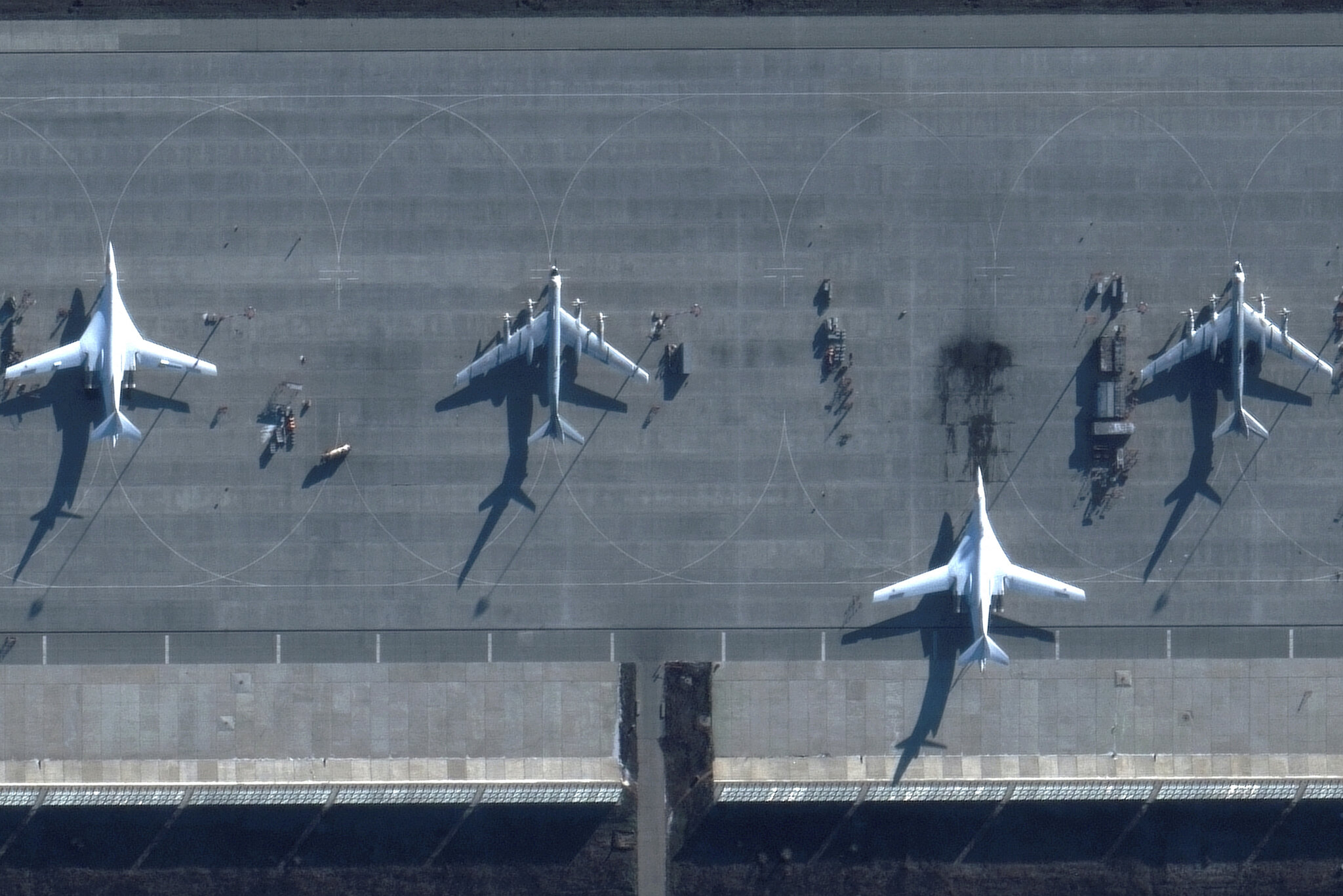Ukraine carried out one of its most ambitious attacks of the war by striking multiple Russian air bases thousands of miles from the front lines, damaging or destroying dozens of aircraft, Ukrainian security sources said Tuesday.
Dubbed “Operation Spiderweb,” the strikes used long-range drones to hit targets across five Russian regions, including Belaya in Irkutsk, Dyagilevo in Ryazan, Olenya near Murmansk in the Arctic, and the Ivanovo base northeast of Moscow. Some of the bases are located more than 4,000 kilometers (2,500 miles) from Ukraine, underscoring the deep reach of the operation.
Ukraine’s SBU intelligence agency said more than 40 aircraft were damaged or destroyed, including strategic bombers such as the Tu-95 and Tu-22M3, and one of Russia’s few A-50 early warning aircraft. The agency estimated the total damage at $7 billion and said the strikes hit 34% of Russia’s strategic cruise missile carriers.
Ukrainian President Volodymyr Zelensky said 117 drones were used in the operation, which had been in the planning for more than a year. Video showed drones launched from wooden sheds disguised on trucks inside Russian territory, illustrating a high degree of planning and subterfuge.
“This was an absolutely unique operation,” Zelensky posted on X, adding that the command center was located near a Russian FSB headquarters. Ukraine described the mission as a major military and psychological blow to Moscow.
Russia’s Defence Ministry confirmed air bases had been targeted but claimed most attacks were repelled. It acknowledged aircraft fires at bases in Murmansk and Irkutsk but reported no casualties. Authorities said some individuals involved had been detained.
The strikes came just before expected peace talks in Istanbul and were not coordinated with the U.S., officials said. A senior U.S. defense official noted the sophistication of the attacks exceeded previous Ukrainian operations. Defence Secretary Pete Hegseth received briefings on the strikes but had yet to speak with Ukrainian counterparts.
The attacks are seen as a message to Moscow that Ukraine retains long-range capabilities despite the grinding war now in its third year.

